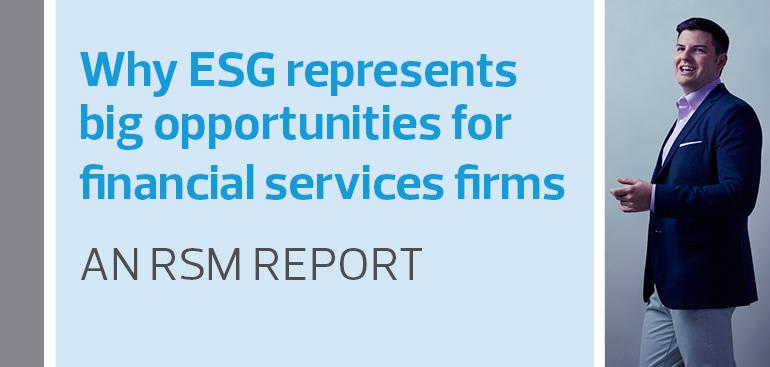AUTHORS
Employers have faced constant challenges with wage and superannuation compliance as high-profile underpayments and instances of non-compliance continue to occur.
In addition to substantial financial penalties (particularly for superannuation where the costs of rectifying an underpayment can be as much as 7 times the shortfall), there is significant reputational damage associated with the perception of ‘wage theft’.
Historically, wage non-compliance did not receive the same degree of public focus compared to other compliance areas, such as tax, but is now at the forefront of regulators, legislators, unions and boards.
In addition to this, in conjunction with the Australian National Audit Office (ANAO) report Addressing Superannuation Guarantee Non-Compliance released in April 2022, we have seen a marked increase in ATO audit activity being driven primarily by employee and sole trader contractor complaints.
We have outlined below 3 key takeaways relevant to Manufacturing employers.
1. Complexity of industrial instruments
The Manufacturing and Associated Industries and Occupations Award 2020 (Manufacturing Award) is a complex award featuring penalty rates, shift loadings, annual leave loadings, overtime, and various allowance entitlements.
Whilst identification and detection of pay entitlements in itself is not without its challenges, we find that the way entitlements are actually transacted is often not correct.
For example, let’s say an employee works ordinary hours on a Saturday which results in a penalty rate of 150 per cent of the ordinary rate. To transact this payment, and ensure the employee receives a 150 per cent rate, payroll use the OT 1.5 code (i.e. overtime 150 per cent code).
Whilst the employee would receive the 150 per cent rate for the hours worked as required, because an overtime code was used to transact the entitlement, superannuation would not have been paid and a shortfall arises.![]() Remember, a penalty rate of pay does not automatically make it overtime!
Remember, a penalty rate of pay does not automatically make it overtime!
Other areas of concern, and as highlighted by the Australian Manufacturing Workers’ Union (AMWU) include failure to pay for set up or pack up time, and issues with annual leave loading.
2. ‘Detection risk’ of non-compliance is increasing – particularly for superannuation guarantee
The ANAO report Addressing Superannuation Guarantee Non-Compliance made three recommendations to the ATO:
- To implement a preventative approach to Superannuation Guarantee (SG) compliance activity.
- To assess its performance against public accountability standards, introduce assessment targets (including against the SG gap), and explanations for performance results.
- To maximise benefit to employees’ superannuation funds, making more use of their enforcement (and debt recovery) powers, including developing performance measures and prioritisations.
The ATO agreed with the first and third recommendations, and agreed, with qualifications, to the second. Of interest, the ATO also noted, “We continue to investigate every complaint received in relation to the non-payment of SG as we work to reduce the overall SG Gap.”
The ATO also acknowledged the need to move to a more preventative and proactive approach,
“With access to greater levels of real time payroll data through Single Touch payroll, we have a challenge…to effectively utilise these large volumes of data in real time to proactively improve compliance.”
Accordingly, with the current ATO tools available, combined with access to an unprecedented amount of pay data in real time, we expect detection of non-compliance to continue to increase.
3. A proactive approach allows the employer to control the narrative
Both employees and employers across all industries are aware that a number of organisations have had trouble correctly paying staff their entitlements. It’s clear that these issues are not limited to small and unsophisticated taxpayers, with some of Australia’s most well-known and resourced employers making significant errors.
Accordingly, given the risk of non-compliance is high, there is an expectation from not only employees of an organisation but investors, suppliers, and other stakeholders, that the![]() employer has taken steps to review their compliance with their wage obligations.
employer has taken steps to review their compliance with their wage obligations.
Where an employer does this, and makes a voluntary disclosure, they are much more likely to reduce any financial penalties applying and, often more importantly, communicate the errors to stakeholders (and in particular employees) in a much more positive manner noting that in line with their values, the organisation proactively investigated whether or not they were paying staff correctly.
This is far more likely to garner a positive response from stakeholders than in the event the organisation was audited and significant underpayments were detected as a result.
A final thought
The landscape around wage compliance has continued to evolve with more and more employers being caught out, and penalties increasing. This is particularly the case for employers within the manufacturing industry where appropriate pay has long been a concern. We believe there is considerable value to a pro-active approach, not just from a financial perspective, but in an employer’s ability to control the narrative.
For further information
To learn more about the updates to pricing and challenges, please contact Rick Kimberley or your local RSM office.





